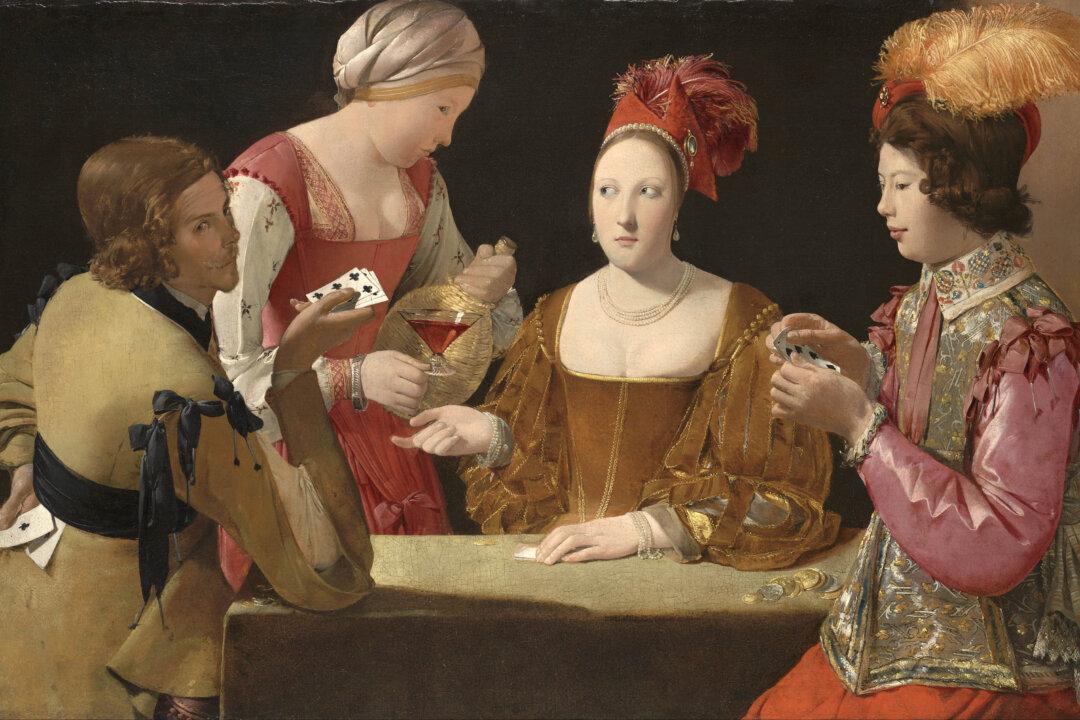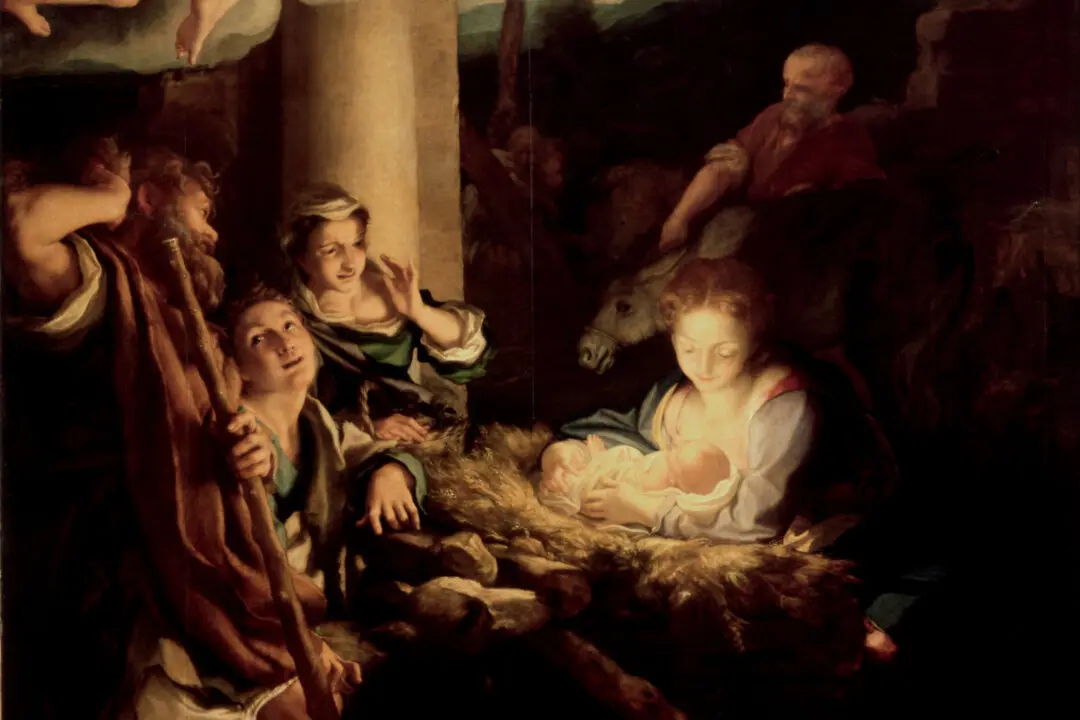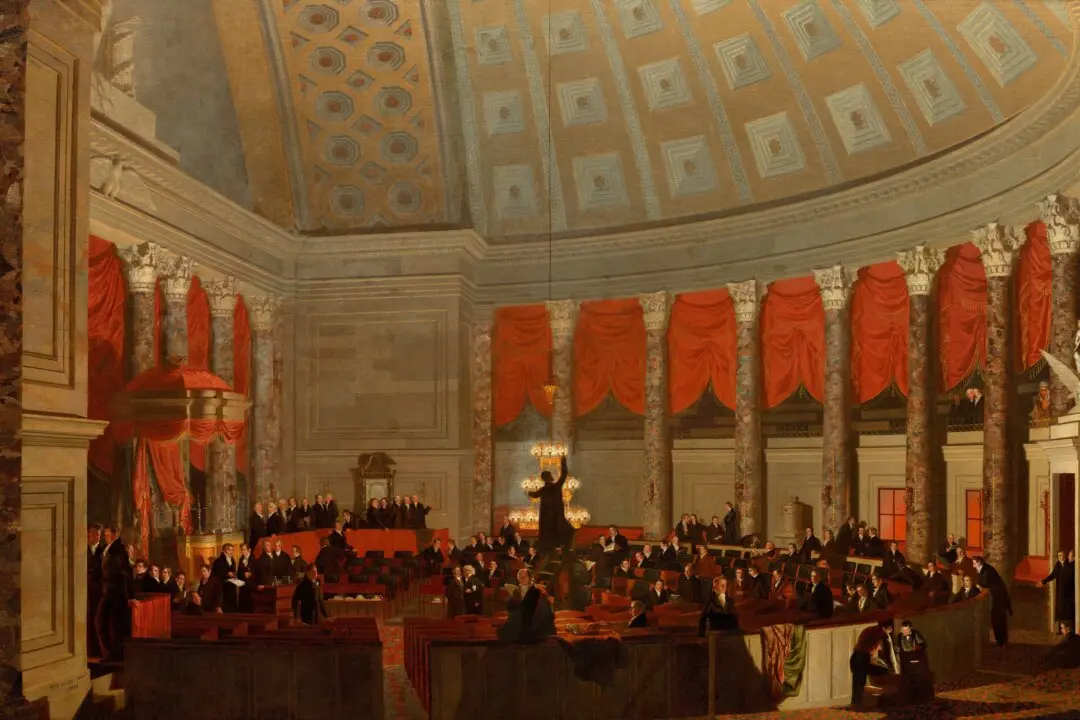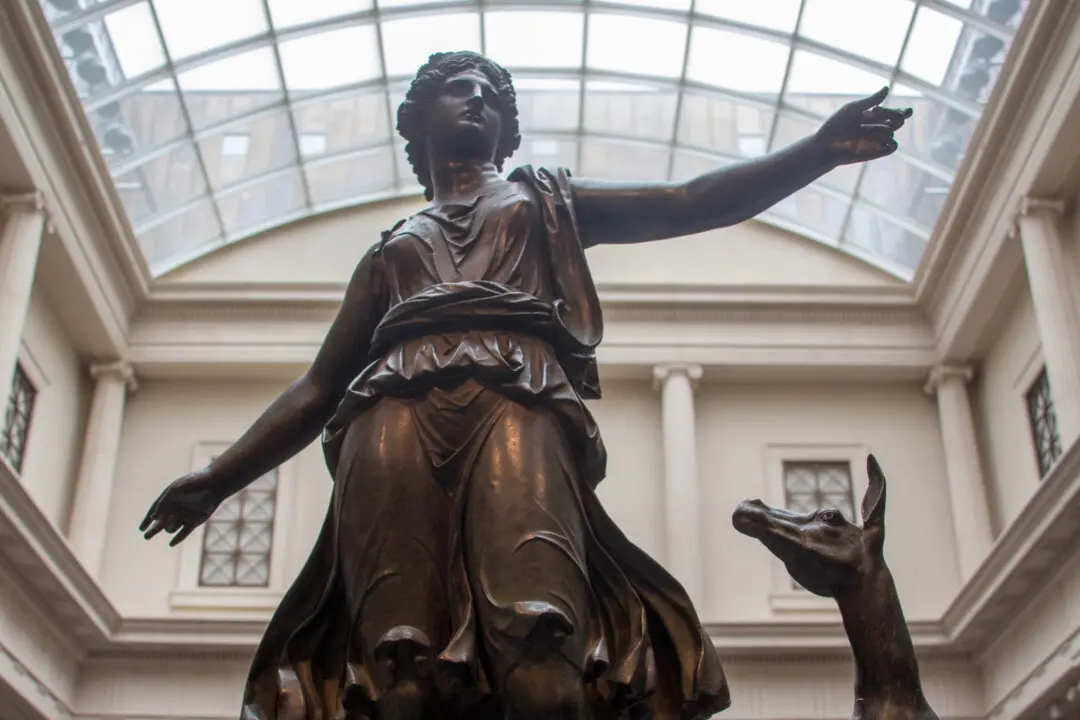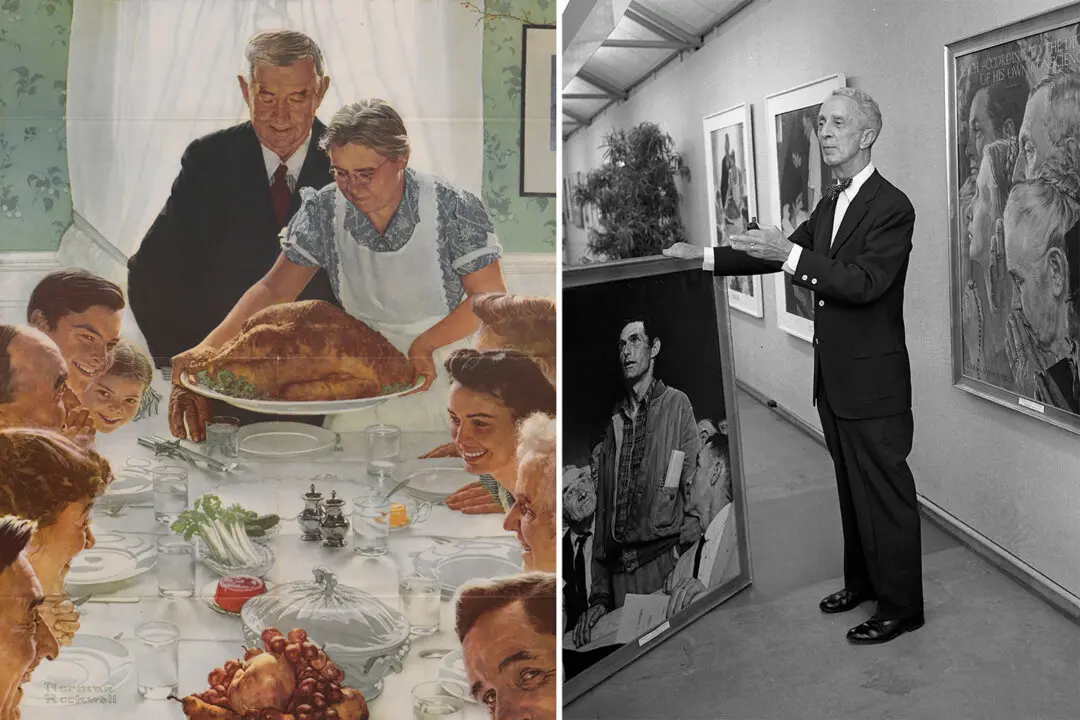The Kimbell Art Museum in Fort Worth, Texas is a unique institution. Its collecting categories are encyclopedic, including art from the Ancient Americas, Africa, Asia, Oceania, and Europe, but its permanent collection is small, comprising around 350 objects. However, each of these works is considered a masterpiece, emblematic of a cultural highpoint from its respective era and geography. Merit for acquisitions includes aesthetic beauty, historical importance, rarity, condition, and suitability as an educational tool.
The Museum’s European holdings of Italian, French, English, Dutch, Spanish, and Flemish paintings and sculpture are especially illustrious; fortuitously, two celebrated and connected artworks, one by the Italian Caravaggio and the other by the French Georges de La Tour, are both part of the Kimbell’s collection.

